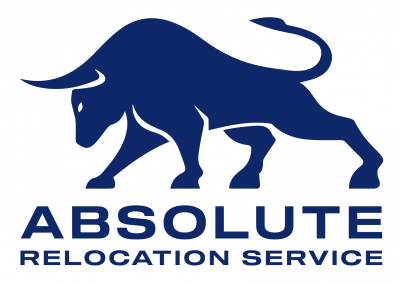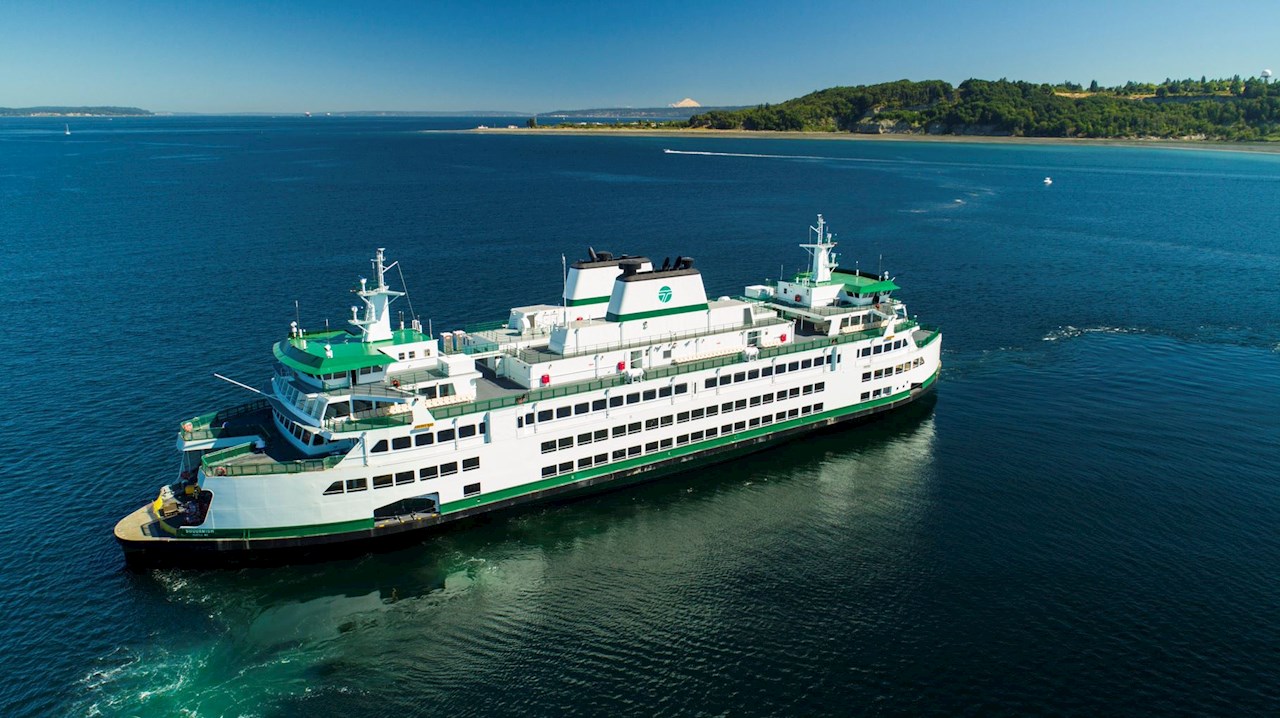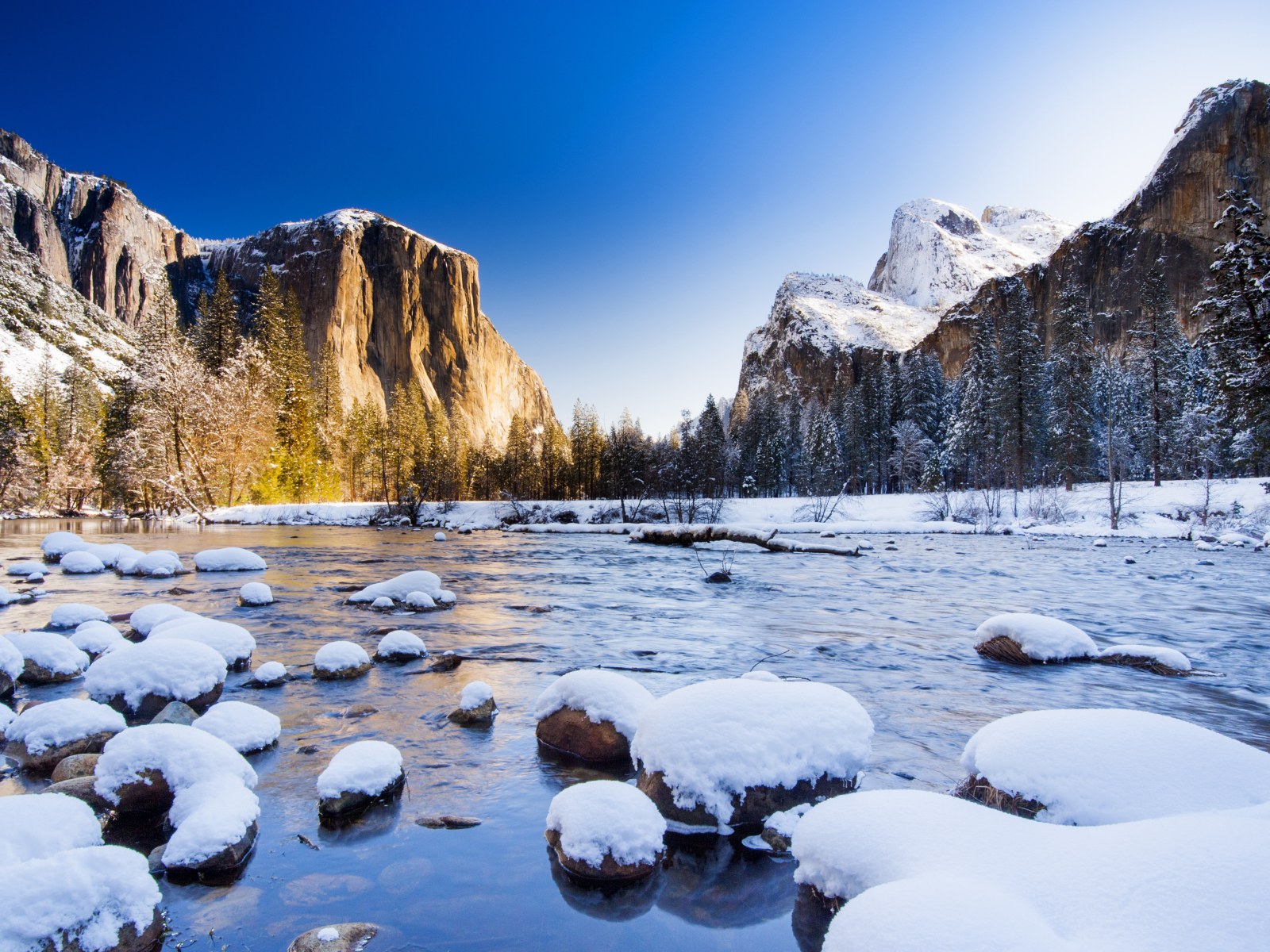Transportation and Infrastructure in Washington State: How to get around the state
Washington State, located on the Pacific coast of the United States, has a unique combination of natural conditions: from the snow-capped peaks of the Cascade Mountains and coastline with picturesque bays to dense forests and vast stretches of wilderness. All of this makes organizing a transportation system a challenging yet interesting task. Despite the diversity of topography and climate, the state’s transportation infrastructure is developed in such a way that residents and visitors can easily move around the state.
Transportation and infrastructure in Washington State
Highways

Highways are the primary mode of transportation in Washington State. Washington State has a well-developed network of highways that cover both densely populated areas and remote corners of the state. Major highways such as I-5, I-90, and US-101 connect major cities and provide convenient routes for travel throughout the state.
- I-5 runs north-south and connects the state’s most important cities, including Seattle, Tacoma and Olympia. It is a key artery for traveling between Canada and the southern part of the state, as well as further into California. It is one of the busiest roads, especially in the Seattle area, so large parking lots, gas stations, fast food restaurants, and stores are often found along it.
- I-90 crosses the state from west to east, starting in Seattle and traveling through Spokane to Idaho. It is an important route for connecting the western part of the state with the central and eastern parts of the state. Along this highway, especially in the Cascade Mountains area, there are numerous rest areas, campgrounds, and cafes where you can stop and enjoy the views.
- US-101 surrounds the Olympic Peninsula, offering scenic routes along the Pacific coast and through national parks. There are many rest stops, parks, and picnic areas where travelers can relax and enjoy nature.
Along these roads, numerous amenities have been created for motorists, making travel comfortable and safe.
Facilities for motorists
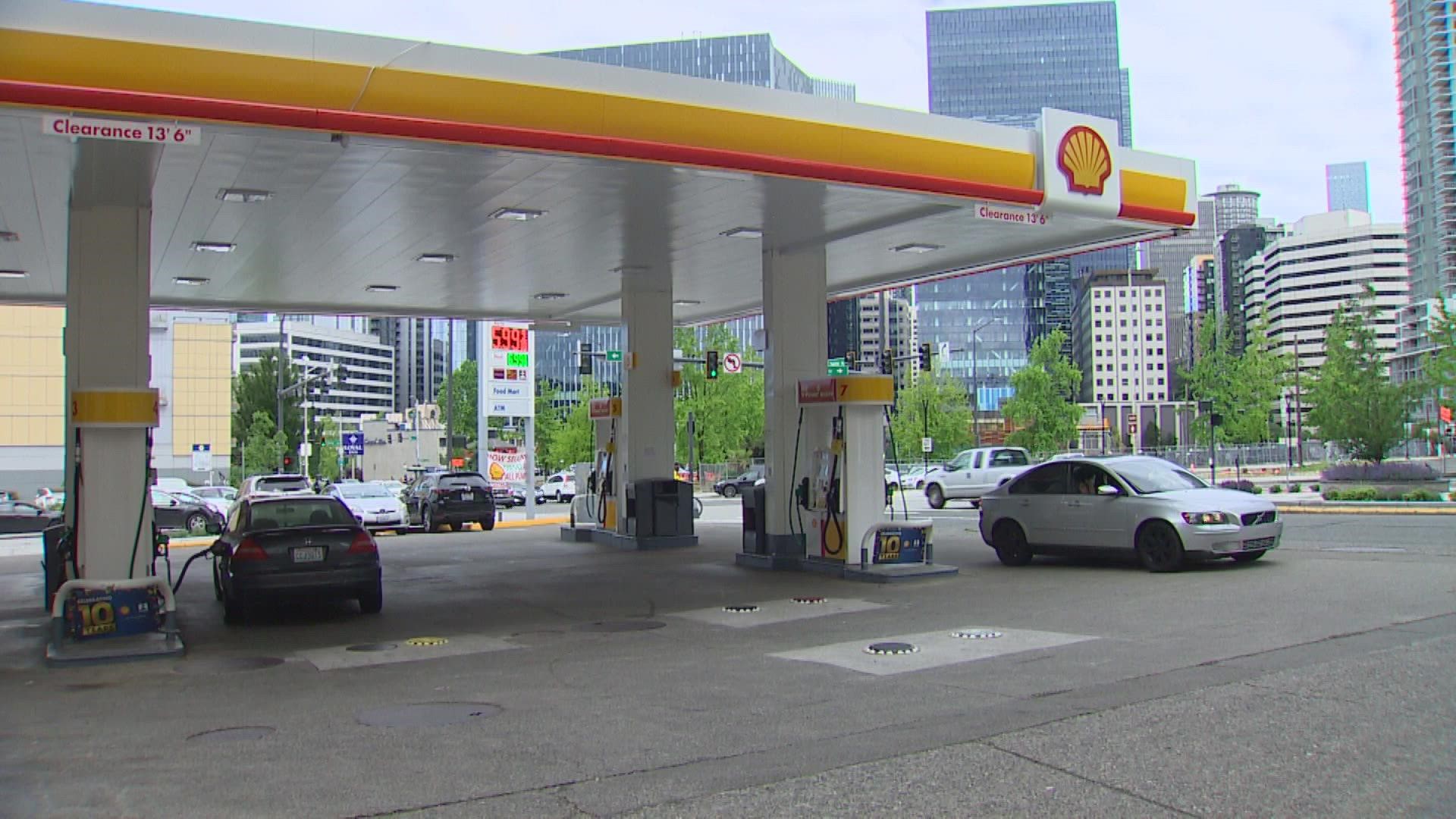
1.Gas stations
Shell, Chevron, BP and other major gas station chains have a large presence throughout the state.
Many gas stations offer additional services such as convenience stores, cafes, car washes, and rest areas.
Along major highways such as I-5 and I-90, gas stations are located within a short distance of each other, making travel convenient and safe.
2.Rest areas and parking lots
Along all major highways, especially on I-5 and I-90, there are rest areas with parking lots, restrooms, picnic areas, and sometimes even information booths about local attractions.
Parking lots are also available near major tourist attractions and nature parks. For example, along US-101, where many travelers stop to visit Olympic National Park.
3.Restaurants and cafes
A variety of restaurants and cafes can be found along major highways, from large chains (McDonald’s, Starbucks, Denny’s) to small family-run establishments offering local cuisine.
Many cafes and restaurants offer drive-thru service, allowing you to grab a quick bite to eat without getting out of your car.
4.Stores and shopping centers
Along major roads are shopping centers and stores such as Walmart, Safeway, and Costco that offer a wide variety of goods ranging from groceries to car accessories.
There are also small roadside stores and kiosks where you can purchase snacks, drinks, and local souvenirs.
5.Car services
Along the roads, especially on the main highways, are car services that offer car repair and maintenance.
Car and trailer rentals can also be found in larger towns and near popular hiking trails, which is convenient for travelers who want to explore the state in their own vehicles.
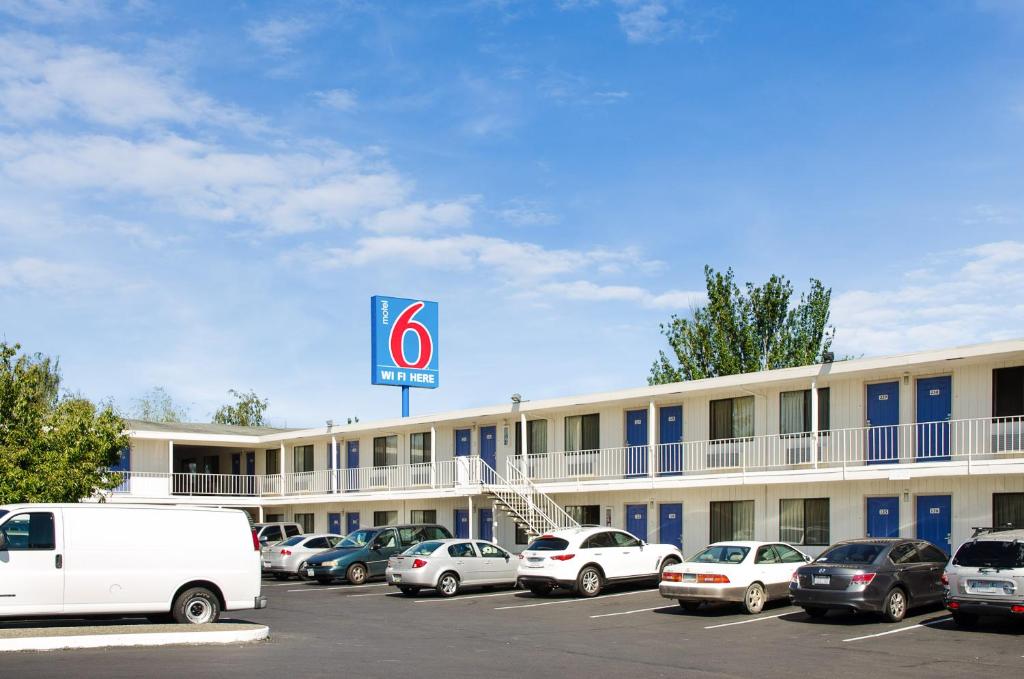
6.Hotels and Motels
For those who prefer to travel long distances, numerous hotels and motels such as Motel 6, Best Western, Holiday Inn Express, and others can be found along the state’s highways. Many of them offer convenient parking lots and breakfast is included in the rate.
Roads in mountainous areas, especially during the winter, can be difficult to travel. Regular avalanches and snow falls require some road closures, so it’s important for travelers to keep an eye on road conditions.
A well-organized transportation network, motorist amenities, and a variety of natural and cultural attractions make Washington State a great place to live and travel.
Public Transportation
Public transportation in the state’s major cities such as Seattle, Bellevue, and Tacoma is well developed and includes buses, streetcars, light rail, and commuter trains.
- Sound Transit provides commuter transportation services for the Greater Seattle region, including bus routes, the Link Light Rail light rail system, and Sounder commuter trains. It is a convenient way to get around for those who work in Seattle but live in the suburbs.
- King County Metro operates bus routes that cover the entire King County area, including Seattle and surrounding cities. The bus network is connected to other modes of transportation, making getting around convenient and affordable.
- Washington State Ferries is the largest ferry network in the United States, providing connections between the state’s mainland and its many islands, including the San Juan and Wishbone Islands.
Sound Transit transportation modes
Sound Transit is the primary public transportation system serving the Puget Sound region. It covers major cities such as Seattle, Tacoma, Everett, and Bellevue, as well as many suburban areas. The organization provides a variety of transportation options, including light rail, commuter trains, and buses, making getting around the region convenient and affordable for residents and visitors.
-
Link Light Rail
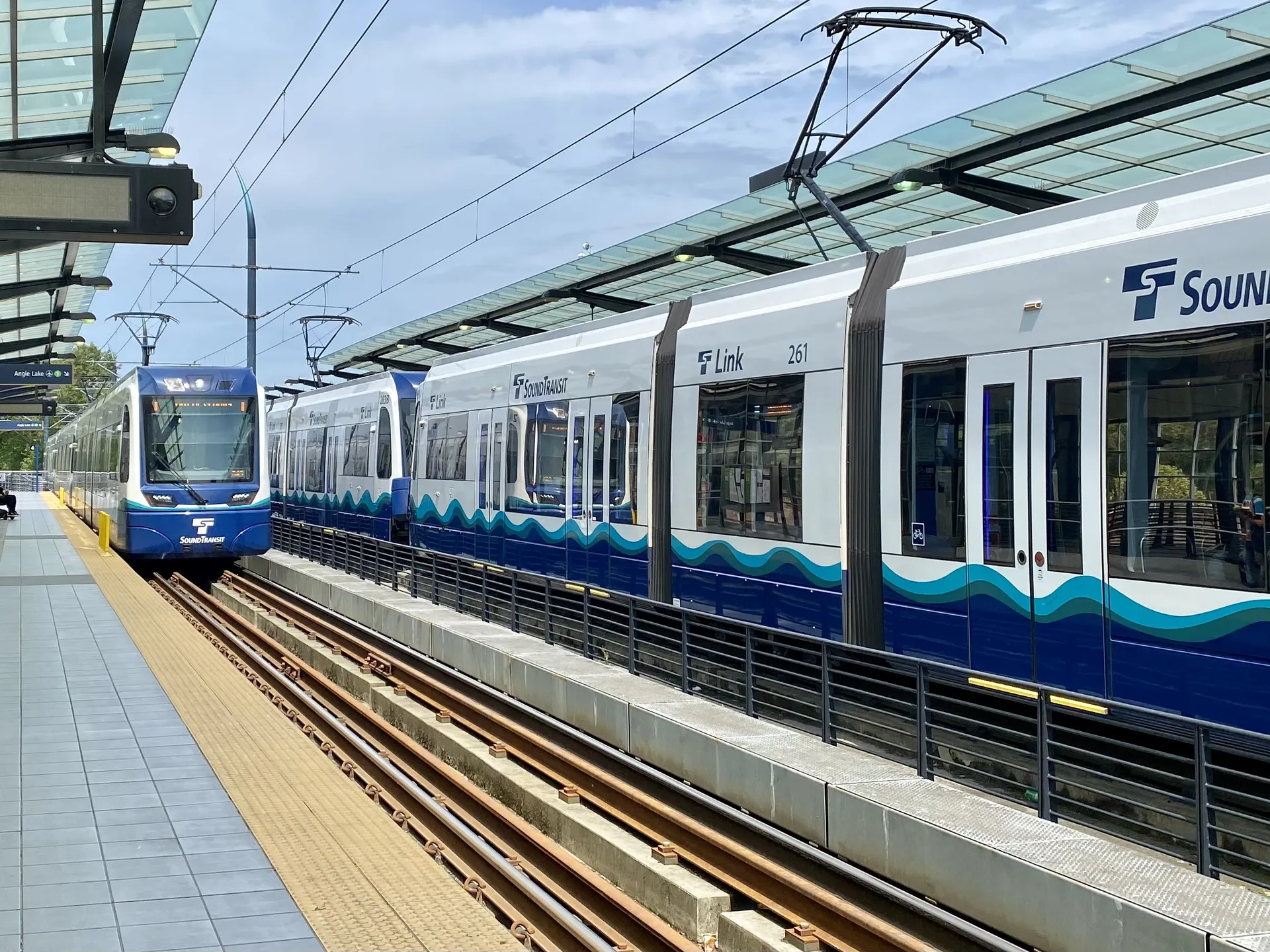
Link Light Rail is a light rail system that is the primary mode of public transportation in the Greater Seattle area.
The main route runs from Northgate in the north to Angle Lake in the south, through downtown Seattle, and through the Capitol Hill, University of Washington, and South Seattle neighborhoods.
In the coming years, there are plans to extend the line east to Bellevue and Redmond, west to West Seattle, and south to Tacoma.
Link Light Rail is known for its reliability and convenience, especially for those who live in the suburbs and work in downtown Seattle.
-
Sounder Train

Sounder Train is a commuter train system connecting Seattle to its southern and northern suburbs.
There are two main routes:
- Sounder South Line runs from Lakewood through Tacoma to Seattle.
- Sounder North Line runs from Everett to Seattle.
Sounder trains are popular with commuters who commute daily to Seattle from the suburbs because they offer a comfortable and fast alternative to automobile travel on congested roads.
-
ST Express Buses

ST Express Buses is a network of express buses that connect various cities and neighborhoods within the Puget Sound region.
These buses run between Seattle, Tacoma, Everett, Bellevue, and other important centers, providing fast and convenient connections between major population centers.
ST Express Buses often utilize dedicated bus lanes and High Occupancy Vehicle (HOV) lanes, allowing them to avoid traffic congestion and significantly reduce travel times.
Sound Transit passenger amenities
- Transportation Hubs and Parking: There are convenient transportation hubs and parking lots along Sound Transit routes, allowing passengers to leave their cars in designated parking lots and transfer to public transit. This is especially important for commuters who travel to Seattle or other major cities for work every day.
- Ease of payment: Sound Transit uses the ORCA Card system, a convenient and versatile card that allows you to pay for fares on all modes of transportation, including buses, trains and light rail. Single-use tickets are also available and can be purchased from vending machines at stations.
- Facilities for passengers with disabilities: All Sound Transit modes of transportation are equipped to provide access for passengers with disabilities. Elevators, ramps, and wheelchair spaces are available at stations and on trains.
King County Metro services
King County Metro is the primary public transportation system serving King County, including the City of Seattle and surrounding areas. Metro offers a wide range of services including bus routes, streetcars, ferries, and bicycle commuting programs, making it an important element of the region’s transportation infrastructure.
-
Bus Routes

King County Metro operates one of the largest bus systems on the west coast of the United States. The system has approximately 215 routes that cover Seattle, Bellevue, Renton, Kent, Federal Way, and other cities in the county.
Major routes serve Seattle’s downtown neighborhoods, including business and residential areas. Additional routes connect suburban areas to downtown, providing residents with easy access to major business and commercial centers.
Express routes and RapidRide (BRT, or buses with dedicated lanes) offer faster connections between major hubs such as downtowns and transportation hubs.
-
RapidRide

RapidRide is a dedicated bus route service that offers improved performance over conventional buses. RapidRide routes have dedicated lanes, which allows them to avoid traffic jams, and frequent stops, which reduces waiting times.
There are currently several RapidRide lines, each labeled with a letter (e.g., A Line, B Line). These routes connect important King County neighborhoods such as Downtown Seattle, Bellevue, and Redmond.
-
Trolleybuses
Seattle has a unique trolleybus network that serves the downtown areas of the city. The trolleybuses are environmentally friendly because they run on electricity and serve some of the city’s busiest routes.
-
Water service
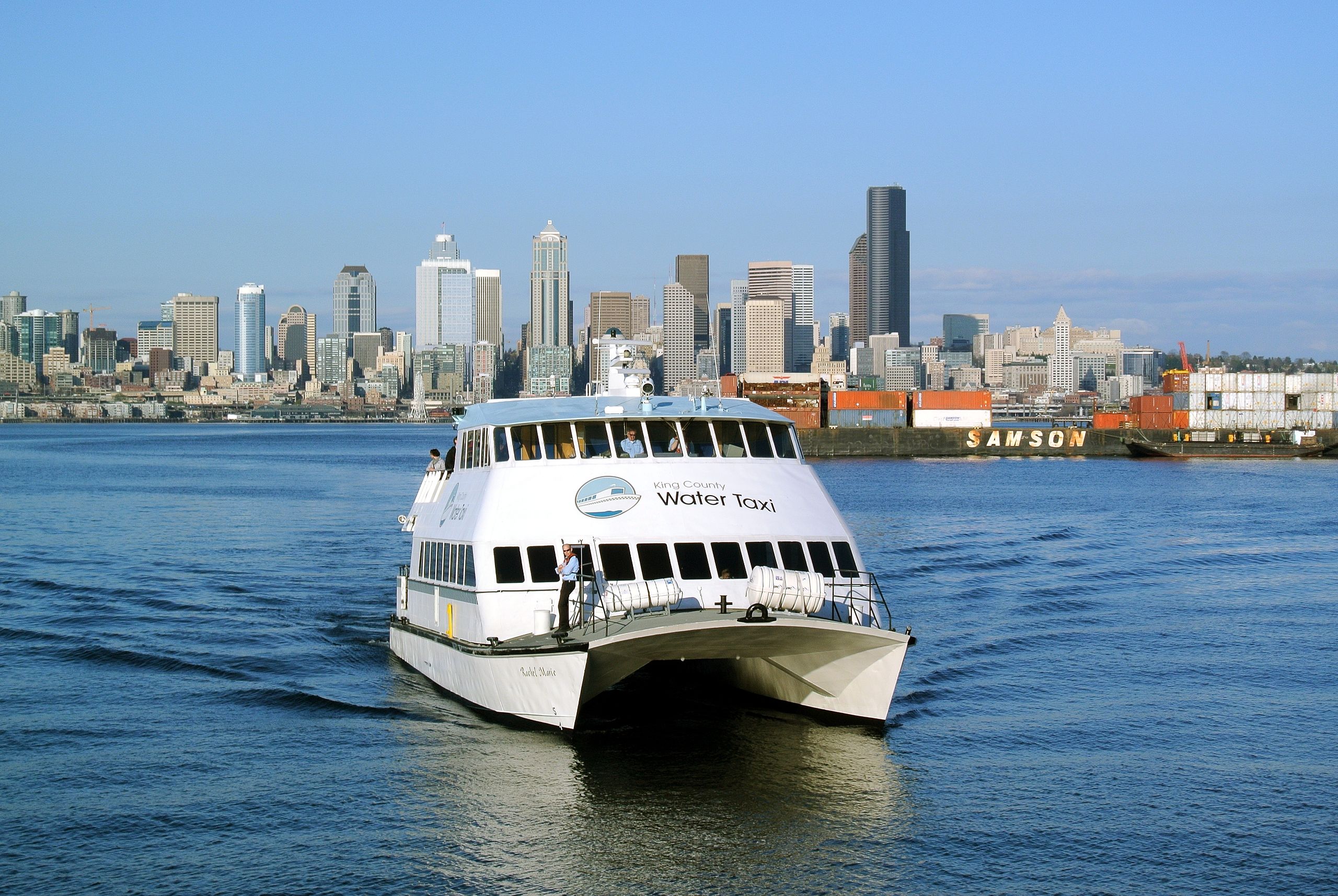
King County Water Taxi is a ferry service that connects downtown Seattle with western and southern parts of the city, such as West Seattle and Vashon Island.
Water service offers a quick and scenic way to get to downtown while avoiding traffic congestion.
-
Bikeshare and bike rentals
As part of the Metro Bike program, King County Metro offers convenient bike rental options. Bikes can be rented and left at designated stations, making traveling around the city quick and convenient.
Many Metro buses are equipped with bike racks, allowing passengers to combine bicycle trips with public transportation.
King County Metro passenger amenities
-
Fare Payment
King County Metro uses the ORCA Card system, which allows you to pay for fares on all modes of transportation, including buses, ferries and light rail. The ORCA Card can be topped up online or at vending machines at stations.
Single-use tickets and the ability to pay fares via mobile apps are also available.
-
Transportation hubs
King County has several major transportation hubs where passengers can transfer between different modes of transportation. These hubs are often located near shopping centers and business districts, making it easier to access public services and shopping.
It is important to note Seattle’s King Street Station, which is an important transportation hub that connects rail, bus, and trolley routes.
-
Facilities for people with disabilities
King County Metro pays special attention to the accessibility of its services for people with disabilities. All buses are equipped with ramps, elevators and special wheelchair spaces.
-
Passenger Information
For the convenience of passengers, King County Metro offers a variety of ways to obtain route and schedule information: through mobile apps, websites and at stops.
Real-time bus arrival data is available, allowing passengers to better plan their trips.
Washington State Ferries routes and services
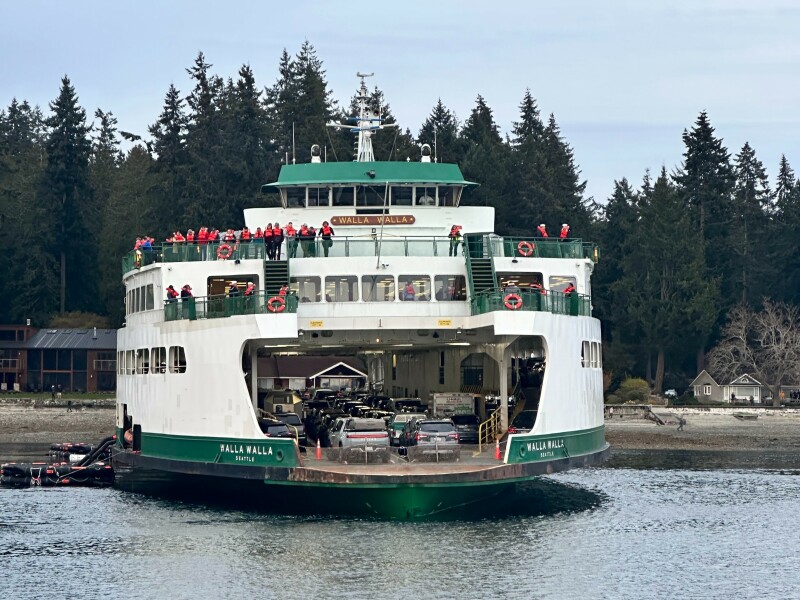
Washington State Ferries (WSF) is the largest ferry system in the United States and one of the largest in the world. It is an integral part of Washington State’s transportation infrastructure, especially in the Puget Sound region. WSF ferries provide daily service between the mainland and numerous islands, as well as between major cities in the region.
Washington State Ferries operate 10 major routes that connect the Washington State mainland to the islands and coastal cities. Each route operates a variety of ferry types, from small vessels to large double-deck ferries capable of carrying hundreds of cars and thousands of passengers.
-
Seattle to Bainbridge Island
One of the most popular routes connecting downtown Seattle to Bainbridge Island. The crossing takes about 35 minutes and provides scenic views of Puget Sound and the Olympic Mountains.
-
Seattle to Bremerton
The route connects Seattle to the city of Bremerton on the Kitsap Peninsula. The crossing lasts approximately 60 minutes and is popular with tourists and locals, offering beautiful views of the waters and surrounding area.
-
Edmonds – Kingston
This route connects the town of Edmonds on the mainland to Kingston on the Kitsap Peninsula. The crossing takes about 30 minutes and is an important transportation link for those who live or work on the peninsula.
-
Mukilteo – Clinton
A route connecting Mukilteo on the mainland to Clinton on Whidbey Island. The crossing takes about 20 minutes and is popular with locals and tourists heading to the island.
-
Fauntleroy – Vashon Island – Southworth
This route connects west Seattle to Vashon Island and Southworth on the Kitsap Peninsula. Transitions between stops range from 20 to 40 minutes.
-
Anacortes – San Juan Islands
One of the most scenic and popular routes connecting Anacortes to the San Juan Islands. The route includes several stops on different islands including Ocras, Shaw and San Juan.
-
Port Townsend – Coupeville
This route links Port Townsend on the Olympic Peninsula to Coupeville on Whidbey Island. The crossing takes about 30 minutes.
-
Point Defiance – Tahlequah
A route connecting Point Defiance in Tacoma to Tahlequah on the southern tip of Vashon Island. The crossing takes about 15 minutes.
-
Southworth – Vashon Island – Fauntleroy
This route connects Southworth to Vashon Island and West Seattle, offering convenient connections for area residents and visitors.
-
Interisland Ferry
This route provides service between the San Juan Islands, allowing passengers to travel between islands without returning to the mainland.
Facilities on Washington State Ferries
Washington State Ferries ferries are equipped for the comfort of passengers. Most ferries have on board amenities such as:
- Restaurants and cafes: Some ferries have restaurants and cafes where passengers can grab a bite to eat or enjoy a hot drink during the crossing.
- Lounge areas: Comfortable lounge areas with large windows allow you to enjoy panoramic views of the surrounding scenery.
- Wi-Fi and charging stations: Wi-Fi and device charging stations are available on some ferries, which is especially convenient for those who use travel time for work or socializing.
- Accessibility for people with disabilities: WSF ferries are equipped for passengers with disabilities, including elevators and ramps.
Washington State Ferries plays a key role in the lives of many state residents. For those who live on the San Juan Islands, Whidbey, Vashon and others, ferries are the primary way to get to the mainland. WSF is also an important part of the region’s economy, serving tourists and transporting goods and services.
Washington State Ferries is actively working to reduce its environmental footprint. As part of a fleet modernization program, some ferries are being converted to electric power to help reduce greenhouse gas emissions. Work is also underway to reduce the use of single-use plastic on board the vessels.
Air Service
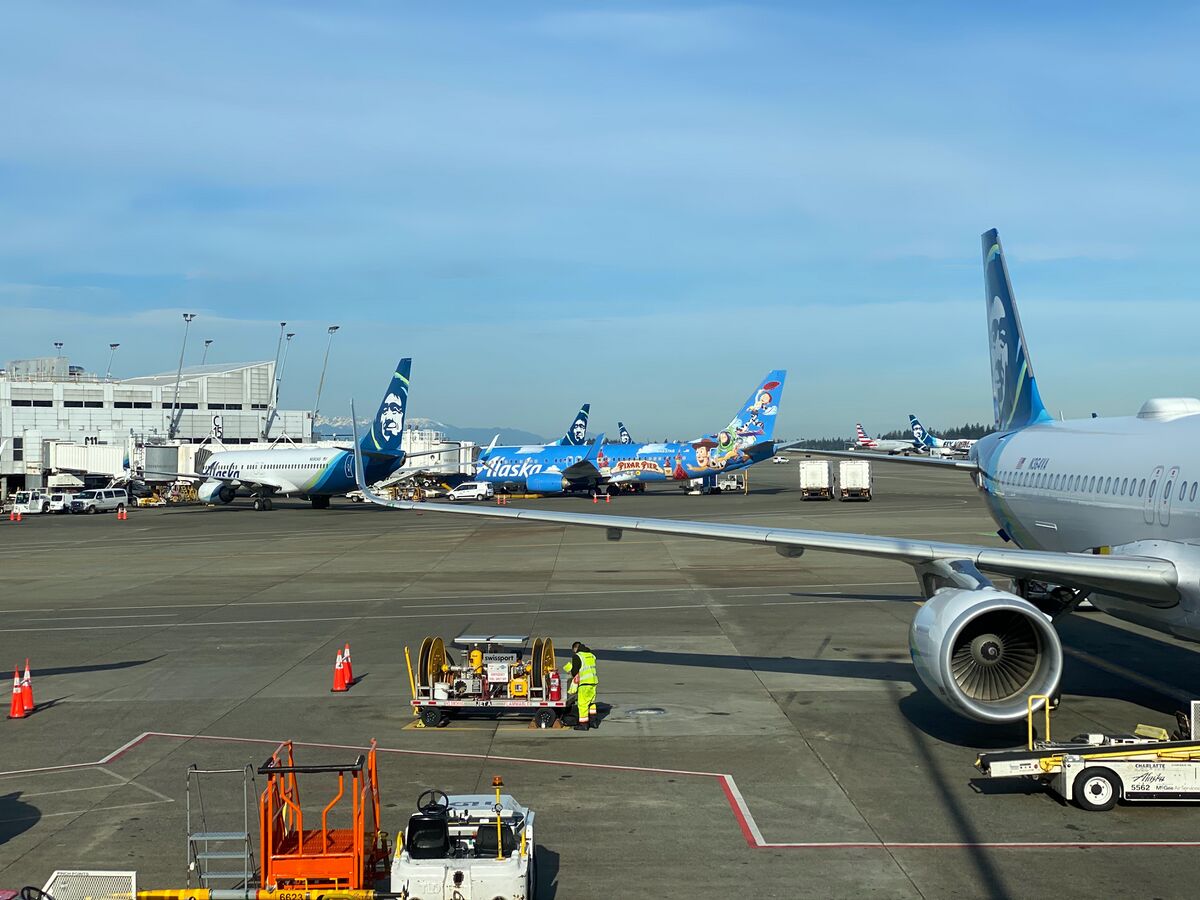
Washington State is served by several airports that provide both domestic and international flights.
- Seattle-Tacoma International Airport (SEA) is the largest airport in the state and one of the largest on the west coast of the United States. Most major U.S. cities and many international destinations can be reached from here.
- Spokane International Airport (GEG) serves the eastern part of the state and offers flights to major U.S. cities.
- Paine Field (PAE) in Everett is a small but important airport that recently began serving commercial flights, offering additional options for residents of north Seattle and Snohomish County.
Rail service
- Amtrak provides rail service throughout the state and beyond. The Amtrak Cascades route connects Vancouver, Canada, Seattle, Portland and Eugene, Oregon, making it a popular choice for travel along the Pacific Coast.
- Sounder Train offers commuter rail service between Seattle, Everett, and Tacoma.
Amtrak’s major routes in Washington State
Amtrak is a national passenger rail corporation that provides passenger rail service in Washington State and across the country. In Washington State, Amtrak plays an important role in providing convenient and comfortable transportation between the region’s major cities and other parts of the country.
Amtrak operates several routes that run through Washington State, connecting it to other states and regions of the United States. Major routes include:
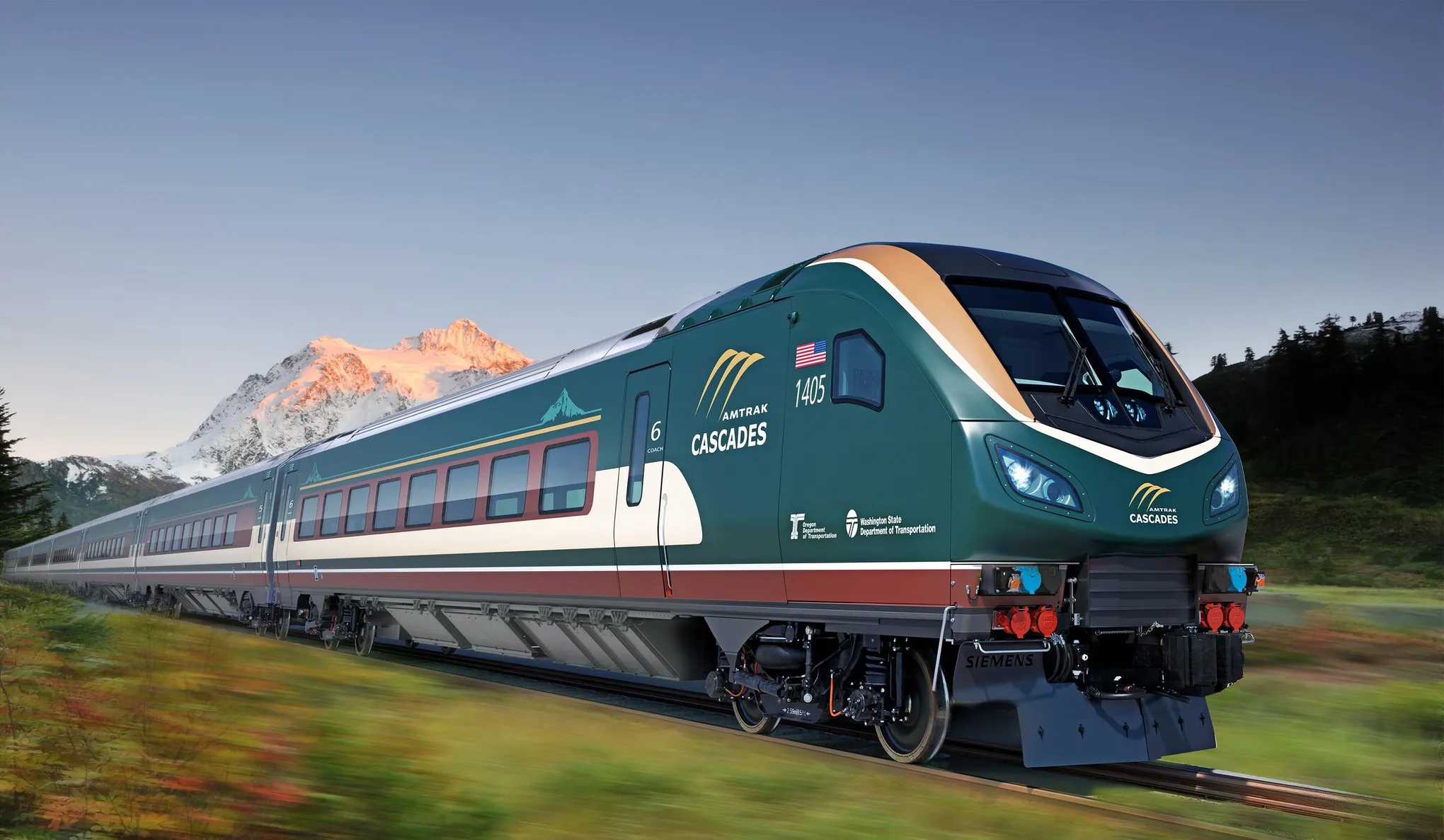
-
Amtrak Cascades
- Route: Vancouver, British Columbia – Seattle – Portland – Eugene
- Description: Amtrak Cascades is one of Amtrak’s most popular routes in Washington State. This route runs along the scenic coastline and connects major cities in Washington and Oregon. The route makes stops in cities such as Bellingham, Everett, Seattle, Tacoma, Olympia, and Vancouver.
- Features: The Amtrak Cascades train is equipped for passenger comfort, offering business class service, an on-board cafe, and comfortable seating. The route is known for its scenic views of Puget Sound Bay, the Cascades Mountains, and rural landscapes.
-
Empire Builder
- Route: Chicago – Spokane – Seattle/Portland
- Description: The Empire Builder is one of Amtrak’s most famous trains, connecting the Midwest to the Pacific Northwest. In Washington State, the train splits into two branches, one going to Seattle and the other to Portland.
- Features: This route passes through some of the most spectacular landscapes in the United States, including the Rocky Mountains and Glacier National Park. Passengers can choose sleeping cars, which offer beds and meals.
-
Coast Starlight
- Route: Seattle to Los Angeles
- Description: The Coast Starlight is a long route that connects Seattle to Los Angeles, passing through Portland, San Francisco, and Santa Barbara. Within Washington State, the train travels southbound from Seattle, making stops in Tacoma and Olympia.
- Special Features: The train is known for its stunning views of the Pacific Coast, the Sierra Nevada Mountains and the Cascades. Luxury amenities aboard the train include business class cars, sleeping cars, and a dining car.
Amtrak amenities and services
Amtrak offers a number of passenger amenities that make travel comfortable and enjoyable:
- Comfortable seats: Amtrak trains offer spacious seats with plenty of legroom for comfortable long-distance travel.
- Business Class and Sleeping Cars: For passengers who want a better travel experience, Amtrak offers business class tickets and sleeping cars. Sleeper cars include meals and access to a lounge area.
- Wi-Fi and outlets: Wi-Fi and outlets for charging devices are available on most Amtrak routes, making travel more convenient for work and play.
- Dining Car and Café: Many Amtrak trains have dining cars and cafes where passengers can grab a snack or enjoy a full meal.
Sounder Train: Comfortable commuter trains in Washington State
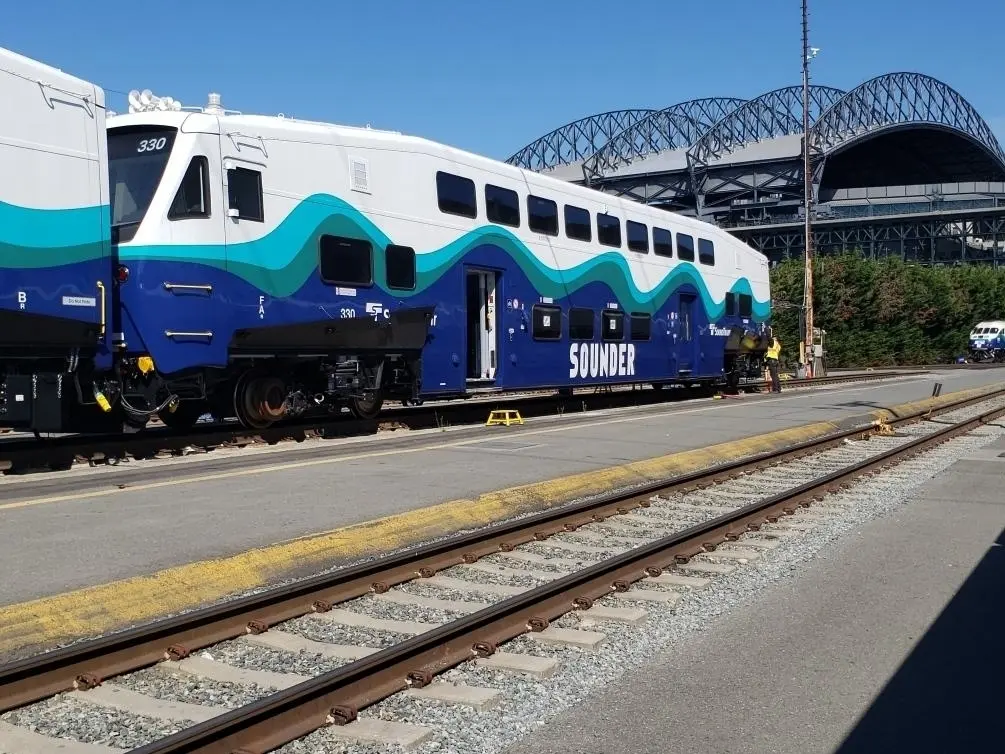
Sounder Train is a commuter rail system that serves the Puget Sound region in Washington State. Operated by Sound Transit, it provides a reliable and convenient transportation solution for commuters making daily trips between major cities and suburbs. This system is designed for those who prefer to avoid traffic congestion and are looking for a comfortable commuting experience.
Sounder Train includes two main routes:
-
Sounder North Line (North Sounder)
- Route: Everett – Seattle
- Stations: Everett, Mukilteo, Edmonds, Seattle (King Street Station)
- Description: This route connects the city of Everett in the north to downtown Seattle. Travel on this route offers passengers scenic views of the Puget Sound Bay as well as access to important transportation hubs in Seattle.
-
Sounder South Line (South Sounder)
- Route: Lakewood – Tacoma – Seattle
- Stations: Lakewood, South Tacoma, Tacoma Dome, Puyallup, Sumner, Auburn, Kent, Tukwila, Seattle (King Street Station).
- Description: The Sounder South route connects the southern suburbs to Seattle. It is the busiest branch, serving several major cities including Tacoma, Kent, and Auburn.
Sounder Train amenities and features
Sounder Train offers passengers a number of amenities that make traveling comfortable and enjoyable:
- Comfortable Seats: Trains are equipped with comfortable seats with headrests and armrests, making rides comfortable even over long distances.
- Wi-Fi and power outlets: Wi-Fi is available on some trains, allowing passengers to stay connected and use travel time for work or entertainment.
- Bicycle space: Each train has space to carry bicycles, which is especially convenient for those who use a bicycle for commuting in the city.
- Station Parking Spaces: Most Sounder Train stations have parking spaces for cars, allowing commuters to leave their car at the station and continue on the train.
- Station locations: Sounder Train stations are located in convenient locations, allowing passengers to easily access them by car, bus, or bicycle.
Sounder Train is geared toward peak-hour commuters, so the basic schedule is tailored to meet the needs of morning and evening commuters. Trains run weekdays in the morning toward Seattle and back to the suburbs in the evening. Additional trips can be scheduled on major event days such as sporting events or concerts.
Sounder Train is integrated with other forms of public transportation in the region. Sound Transit buses, King County Metro buses, and Link Light Rail services are available at stations. This makes travel throughout the region convenient and efficient, allowing for easy movement between different transportation systems.
Having a well-developed commuter train system, such as Sounder Train, makes living in Washington State more convenient and comfortable. The ability to avoid traffic jams and get to work or other important places quickly makes this region an attractive place to live and work.
Attractiveness of Washington State for relocation
Washington State is attractive not only for its natural beauty, but also for its well-developed transportation infrastructure, which makes it easy to move both within and outside the state. A variety of transportation options – from highways and public transportation to ferries and railroads – make life in this state comfortable and convenient.
Our moving company is at your service
Moving to a new city or state is a major event that requires careful preparation and a trusted partner. Our moving company is ready to take care of all your moving needs in Washington State. We offer a full range of services, including packing and transportation of belongings. With us, your move will be smooth and hassle-free, allowing you to focus on new opportunities and enjoy all the benefits of living in this beautiful state.
Contact us in any way:
Telephone: (800) 881-1048
